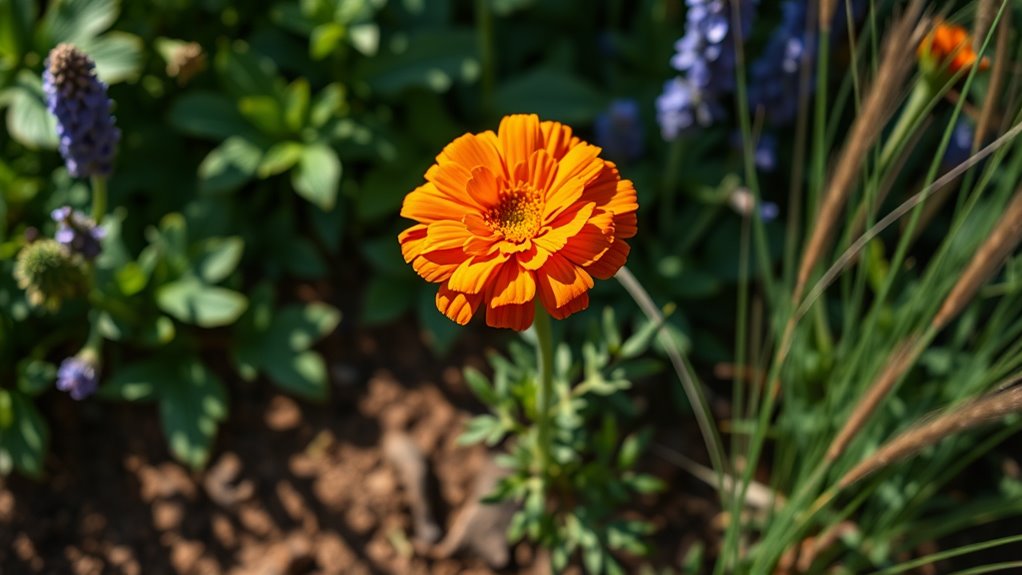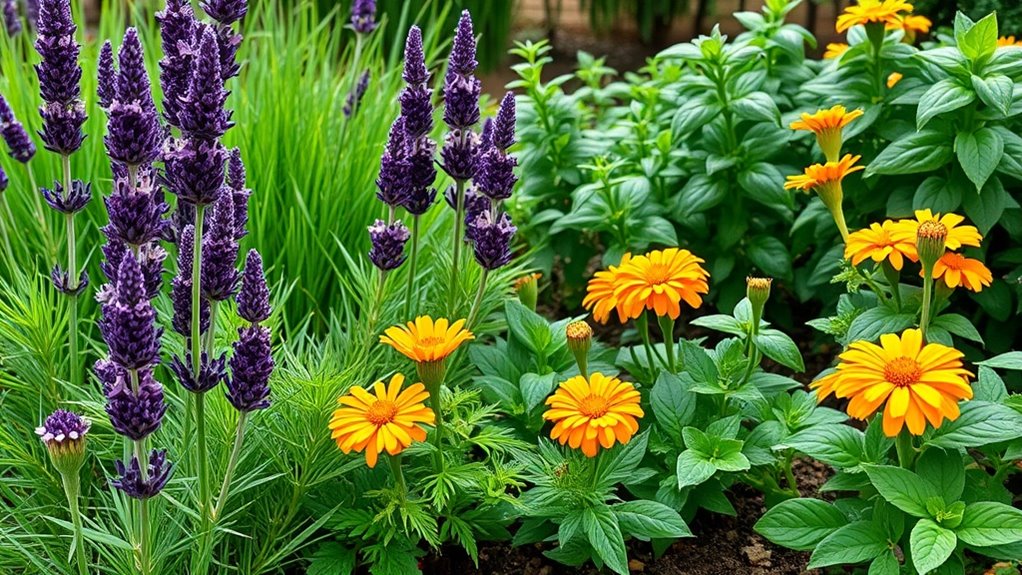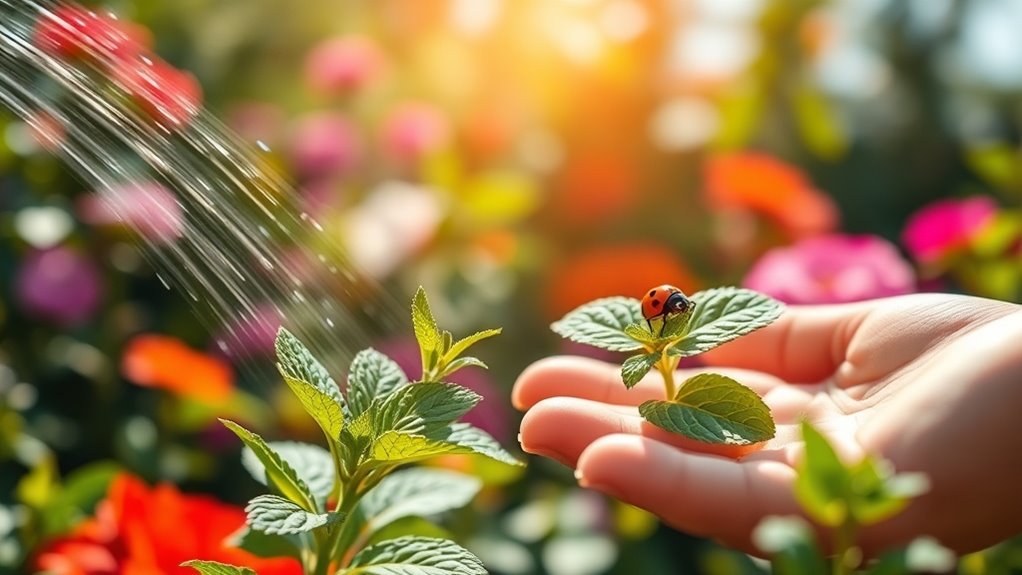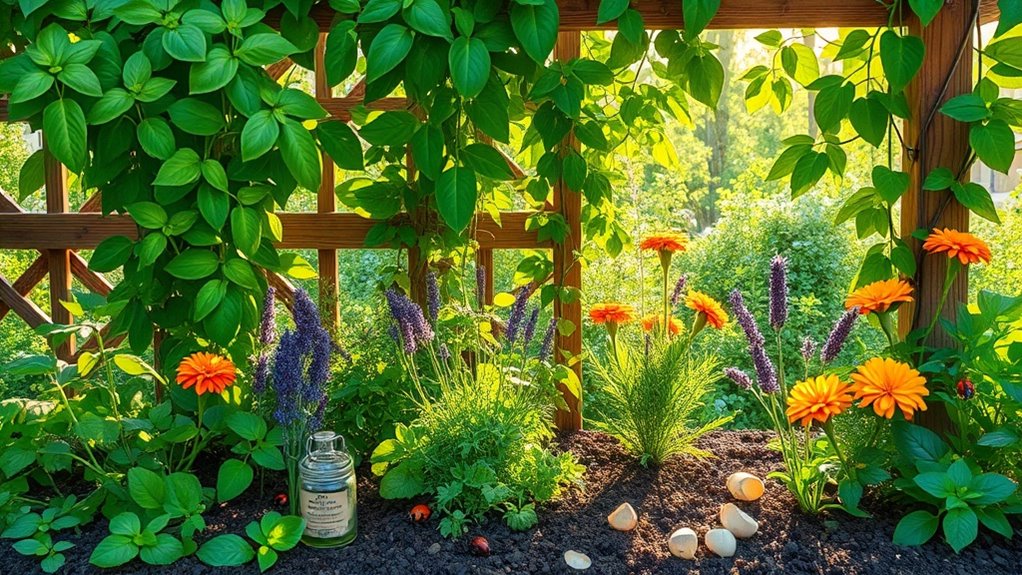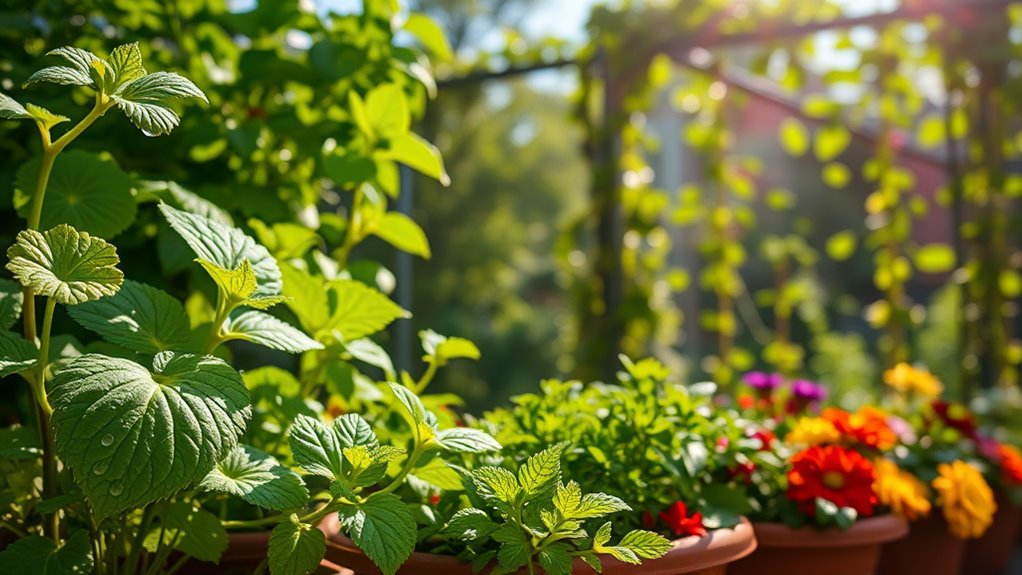The One Flower That Keeps Pests Away (And Looks Gorgeous!)
Did you know that marigolds can do more than just brighten up your garden? These beautiful flowers emit strong scents that repel common garden pests while attracting beneficial insects. By incorporating marigolds into your landscape, you can achieve a healthier garden ecosystem without harsh chemicals. Curious about how to properly plant and care for these vibrant blooms, and which vegetables they’ll pair best with?
The Allure of Marigolds in Your Garden
Have you ever wondered why marigolds are a favorite among gardeners?
These vibrant flowers not only brighten up your garden but also act as an effective flower pest repellent. Their strong scent deters unwanted insects, making them a natural ally for your plants. Furthermore, planting marigolds can create a pest-free garden by attracting beneficial insects that help control harmful pests. Plus, their easy-to-grow nature and stunning colors make marigolds an alluring choice for any gardener looking to elevate their garden’s beauty.
How Marigolds Deter Pests Naturally
Marigolds aren’t just a pretty addition to your garden; they play a pivotal role in pest management. Their strong scent deters common pests like nematodes and aphids, making your plants less appealing to them. Additionally, marigolds attract beneficial insects such as ladybugs and lacewings, which help control harmful pests. Moreover, planting marigolds can enhance your garden’s ecosystem by promoting a healthy and thriving garden ecosystem, creating a balanced environment for both plants and beneficial insects.
Planting and Care Tips for Healthy Marigolds
To ensure your marigolds thrive, start by selecting a sunny spot in your garden, as these flowers flourish best with at least six hours of direct sunlight each day. Water them when the soil feels dry, and deadhead regularly to encourage new blooms. Additionally, marigolds are known for being effective in natural pest control, making them a beneficial addition to any garden. Here’s a handy table with essential care tips:
| Task | Frequency |
|---|---|
| Watering | Once a week |
| Fertilizing | Every 4-6 weeks |
| Pruning | As needed |
| Pest Check | Weekly |
| Sunlight | 6+ hours daily |
Companion Planting: Marigolds With Your Favorite Vegetables
Incorporating marigolds into your vegetable garden not only adds vibrant color but also enhances growth and pest resistance. These hardy flowers naturally deter nematodes and certain pests, making them excellent companions for tomatoes, peppers, and cucumbers. Additionally, marigolds can attract beneficial insects, further enhancing the overall health of your garden.
The Aesthetic Appeal of Marigolds
Bright and cheerful, marigolds bring an undeniable charm to any garden space. Their vibrant orange and yellow hues create a stunning contrast against green foliage, making them a favorite among gardeners.
Not only do they bloom continuously, but their ruffled petals add texture and interest. You’ll love how marigolds draw the eye, enhancing the beauty of your entire garden landscape. Additionally, marigolds are known to act as a natural pest deterrent by attracting beneficial insects, making them a key player in companion planting strategies.
Success Stories: Gardens Transformed by Marigolds
While transforming your garden may seem daunting, many gardeners have discovered the secret weapon that’s marigolds.
These vibrant flowers not only enhance beauty but actively repel harmful pests. For instance, one gardener noted a drastic reduction in aphids after planting marigolds alongside vegetables.
This simple addition can rejuvenate your space, creating a thriving and visually stunning oasis that deters unwanted guests naturally.

